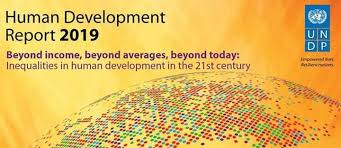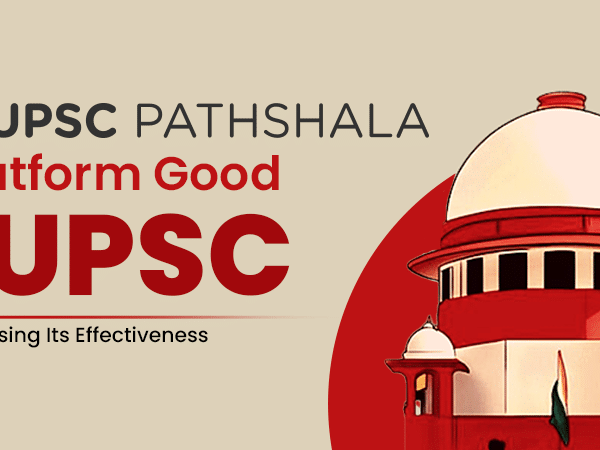Looking at India’s rank in the Human Development Report issued by the United Nations, it is hard to say that India is growing considerably. It is also hard to believe that India is one of the fastest growing economies in the world, given the data released by the UN HDR.
India stands 131st amongst 188 member nations of the UN. Regrettably so, it has slipped lower by one rank.
https://vimeo.com/210781229%20
Human Development Index
For those of you who aren’t aware of the Human Development Index (HDI), it is an annual milestone published by the office of United Nations Development Programme (UNDP). It was first launched in 1990 by Mahbub ul Haq (Pakistani Economist) and Dr. Amartya Sen (Indian Economist and Nobel Laureate). The aim of this concept is to put people at the centre of development process w.r.t. economics and policy.
The HDI is a composite statistics of Health (life expectancy), literacy (education) and per capita income of individuals in a country. Higher the rates of these factors, higher is the rate of country’s development and vice-versa.
Statistics
It would seem from this report that India failed to make any progress in a span of 2 years. In 2014 as well, India ranked 131st. But, surprisingly as it were, almost 65% Indians were satisfied with their standard of living. This puts India in the ‘medium human development’ bracket, along with countries like Bangladesh, Pakistan, Nepal etc.
When asked if they feel safe in India, 69% answered “Yes”. On freedom of choice, 72% women and 78% men said they are “Satisfied”. Overall life satisfaction for India stands at 4.3 on a scale of 1-10. More than half the people have shown faith in the incumbent Government and the Judicial System.
https://vimeo.com/210781764%20
Synopsis
However, even if we see a marginal increase in human development index, we can still see and feel numerous inequalities; that in women, minorities and other types of discrimination. Good education, health, sanitation and income still cease to be a concern of the few. Women are still ignored in this peace-centric model of progress— they are excluded by social, economic, political and cultural barriers. Practices such as dowry and forced marriage persist in India. This is a major hindrance in terms of growth of women and development of our country. To insult to injury, the report mentioned the issues of our ethnic minorities and indigenous peoples being unemployed and seldom focussed on. Progress in going to be unequal unless these issues are addressed and worked upon.
Growth in GDP alone doesn’t show a countries progress, neither does mere industrialisation. Universal healthcare and education will always remains the most primary factors of a country’s holistic development, which, India is yet to realise.





